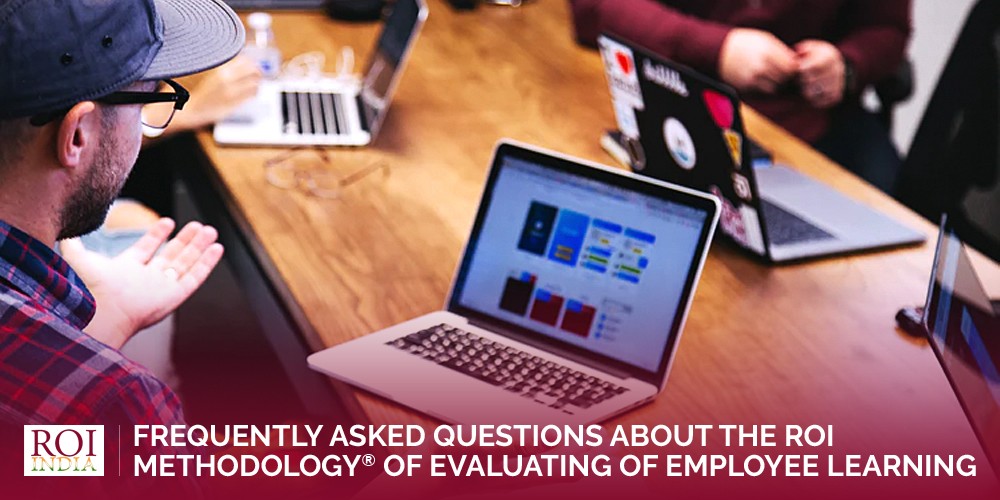Frequently Asked Questions about the ROI Methodology® for Evaluating Employee Learning
No matter what kind of business you are in, the fact remains that your success and the success of your employees are connected. More specifically, it is the employees' skill and knowledge that connects them to their success. That is why training and learning programs exist.
While there are a few evaluation methods for learning programs out there, the most comprehensive and detailed system is the Phillips ROI Methodology®.
The Phillips ROI Methodology helps you examine learning programs at various levels. More importantly, it helps to calculate the Return on Investment (ROI) generated by the program.
ROI for training programs vs. ROI for accounting and finance
When it comes to ROI, the generally accepted definition is the earnings divided by the costs or investment. This is easy to understand in the world of finance and accounting.
The calculation of ROI is similar when it comes to learning programs. With learning programs, the earnings are the total gains or benefits that the program provides. The investment is all the costs incurred in developing, implementing, and organizing the program.
The difference lies in two factors.
- The first difference lies in translating the benefits or gains of the program into monetary terms in a credible manner.
- The second difference is that learning programs also provide us with intangible benefits.
Does ROI Methodology provide only a single number?
You might be wondering whether it is possible to properly provide a comprehensive idea about the value of a program with only a number.
However, ROI Methodology does not constitute of ROI solely. The process in the Philips ROI Methodology calculates six kinds of data, all of which are essential. You need all six data values to properly present the value offered by the program to your organization and employees.
Those six kinds of data, in no particular order, are as follows:
- Learning and application
- Reaction and planned action
- Business impact
- Implementation
- ROI
- Intangibles
Is Knowledge of Statistics Necessary for ROI Methodology?
The good news is that you don’t have to be an expert in statistics for the calculations involved in the ROI Methodology. All you need to know are the ROI Methodology process model and principles, and you can undertake most kinds of ROI impact studies.
All of these are simple concepts, and you will rarely need anything more to calculate the ROI of your program. If you do run into any problems, there will always be experts and mentors from the ROI Institute India to help you out.
Does ROI Methodology Only Provide Subjective Estimates?
This is an incorrect view of ROI Methodology. While there are some estimates made, ROI processes are all about actionable data that professionals can leverage for the betterment of the organization.
ROI Methodology provides you with a mechanism for estimating the benefits of the program and forecasting it. The process itself is built on calculating data from various credible sources. ROI Methodology does not allow for considering data that is not credible. One of the guiding principles of ROI methodology is not to use such data.
Estimates are only used, if necessary, at the design phase of the program. Here, the estimate helps to forecast the benefits of the program.
Is ROI Methodology difficult for HR and L&D professionals?
At first glance, ROI Methodology can seem rather difficult for professionals of the abovementioned fields. However, this is certainly not the case.
Take the ROI calculation, for example. It, in itself, is a simple ratio. It is the ratio of the benefits of the program to the costs incurred.
Both the costs and the benefits are calculated with detailed methodical processes that have guidelines in place.
It is only the several options present in each step of the ROI process that makes it seem difficult and complex. However, these options are essential since there are innumerable variations in programs, projects, and situations that must be evaluated. The settings and environments of those initiatives can also vary.
The Philips Model of ROI Methodology can take some time to grasp fully. Nonetheless, once you do, you can ensure the success of your employee learning and training initiatives effectively.
If you are wondering where you can learn more about ROI Methodology, you can attend ROI Awareness workshops by ROI Institute India. We also have several tools and resources to help you.








